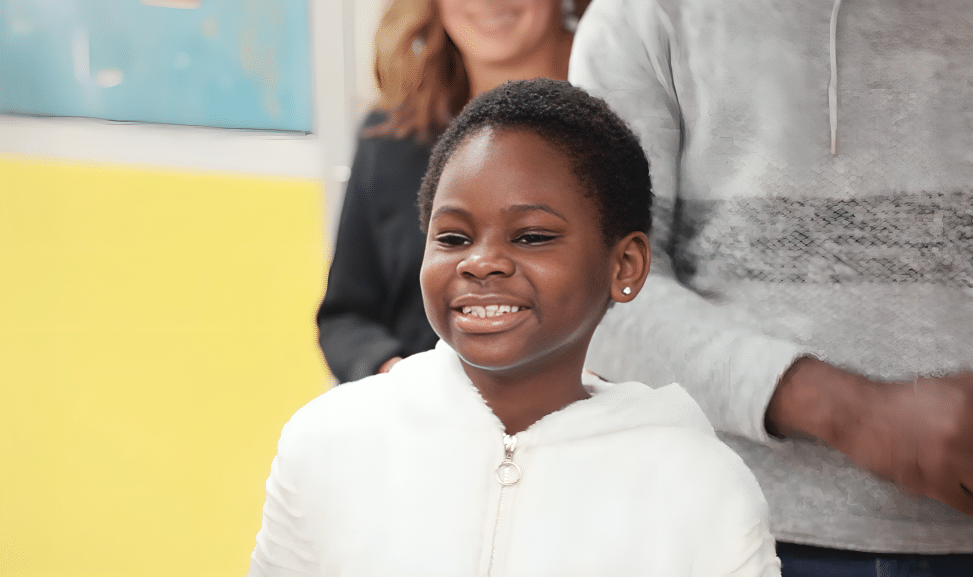While not everyone is familiar with the concept of living with mindfulness, most of us are very aware of what it means to act mindlessly. Have you ever opened a package of cookies while reading a book or watching TV and then suddenly looked down to see only crumbs were left? Or maybe you traveled somewhere in a cab and were surprised to be told you’d reached your destination, because you had no memory of the trip? These are classic examples of mindlessness, a dreamlike state in which you fail to see or hear the world around you.
Mindfulness is the opposite of mindlessness. Instead of going through your day on autopilot, you pay attention at the moment, on purpose and non-judgmentally. As explained by Niv Eidelman, clinical psychologist in charge of the mindfulness division at the Shahaf Clinic at Sheba Medical Center, there are two distinct parts to defining mindfulness. The first part relates to cognitive training, which is the ability to strengthen our attention, and the second part discusses how we pay attention with acceptance and not judgment.
Exercise for your brain
In the last two decades, science has made great strides in understanding the brain. One notable discovery relates to the brain’s flexibility. Our brain is able to change based on circumstances, and this process is ongoing throughout our lives, from birth to old age. Your experiences, physiological changes, and even repetitive thought patterns can transform brain structure and function.
Just like your body changes in response to physical training, your brain is similarly sensitive to training. When you repeat a particular thinking pattern, it becomes more and more readily available – so you return to it more easily. In this manner, our brains become trained to respond to situations without paying attention. For example, if you constantly worry, you may find that eventually, your brain produces “worry” even when there are no external events to cause concern.
By using conscious training, mindfulness can actually transform brain structure, just like exercise can change your body structure. Think of it as working out at a “brain gym.” In fact, a study at Harvard University found that 8 weeks of daily brain exercise was enough to significantly increase the density of gray matter in the hippocampus, the part of the brain associated with memory and learning. Participants who reported stress levels following exercise also observed structural changes in the amygdala – a brain structure associated with negative emotions and autonomic stress responses.
Thought control and the white bear
As hard as we may try to control our thoughts and sensations, success is usually limited. We cannot choose to experience itching or pain, and we cannot choose which thoughts will pop into our heads or which ones will stay away. Even more interesting is the way our attempts to control a certain aspect of experience often increase the effects of that aspect – to the point where it fills our entire consciousness. For example, coping with pain by overthinking (why did the pain start? Is it a sign of a terminal illness? How will I manage if it never goes away?) will often intensify the pain.
In a similar vein, focusing our efforts on avoiding certain thoughts can prompt those thoughts to appear even more frequently. This was shown best by the famous 1987 Harvard University study conducted by social psychologist Daniel Wegner, Ph.D.
Wegner asked participants to verbalize their stream of consciousness for five minutes, all the while trying not to think of a white bear. If they thought of a white bear, they were instructed to ring a bell. On average, most participants thought of a white bear more than once per minute, despite being told to avoid it.
In the next stage of the experiment, Wegner told the participants to do the same exercise, but this time to try to think of a white bear. When compared to a different group that was instructed from the beginning to think of white bears, these participants thought of a white bear even more often! The results indicated that by suppressing the thought for the first five minutes of the experiment, the white bear rebounded into the participants’ minds more prominently.
Now jump forward about 25 years to the 2011 American Psychological Association Annual Convention, when Wegner addressed the issue of how people can avoid unwanted thoughts. In his presentation, he discussed mediation and mindfulness as effective practices to help strengthen mental control.

Types of attention and awareness
Every individual experiences his/herself via two basic senses of body awareness: the minimal self and the narrative self.
Minimal self
The minimal self is composed of minimal factors, such as bodily sensations and sensory input. It is the awareness of self in the here and now. When you taste your morning cup of java, inhale the scent of a rose, or sway to the beat of music, your minimal sense provides a sensory experience in the present moment. You recognize the sensation only against the present backdrop.
Narrative self
The narrative self is characterized by diverting our attention away from the moment. It is infinitely complex, including our thoughts, interpretations and stories about the world beyond the present, involving both the past and future. Your narrative self helps you to think, compare, plan and consider different options for the future.
While the narrative self plays an essential role in your ability to function, immersing yourself fully in this self is unhealthy. It cuts you off from experiencing the moment, impairing your physical and mental health. In fact, science has shown clear links between an overactive narrative self and increased mental stress, anxiety, depression, sleep disturbances and more.
Eidelman explains that the minimal self and the narrative self are two unique brain systems that cannot generally operate simultaneously. That means you can think about an object OR feel it, but not do both at the same time. You can taste the flavors of your sandwich OR consider the tasks to accomplish that day, but you cannot put your focus on both actions at the same time.
Naturally, most of us spend a significant amount of time in the narrative self, captivated by circular stories over a past social situation or action. We often get stuck in the loop of thinking about something we should have done, analyzing what occurred or figuring out how to solve a future problem.
Mindfulness training offers you the chance to create a balance between the narrative self and the minimal self. It helps you to focus more of your attention on sensory experiences “in the moment.”
Experience without judgement
Automatically, we apply judgement to most of our experiences. What does judgement do? It enables us to decide quickly whether a particular stimulus is desirable or not. It allows us to categorize experiences as positive or negative. It gives us the ability to strive for positive stimuli and evade stimuli that we’ve categorized as negative.
A problem comes into play though when we internalize our natural tendency to judge.
“By constantly judging our bodies, our thoughts, our physical sensations and emotions, we suffer,” says Eidelman. “Each person has an inner voice that criticizes and blames, and the judgement of ourselves can be long-lasting. Even without realizing it, you may be judging yourself for hours or days.”
Unfortunately, when this type of inner talk is repeated constantly, it impairs your sense of self-worth and quality of life. Mindfulness training works to move away from a judgmental stance to a position characterized by the following qualities:
- Acceptance – Learning to accept experiences as they are, even if you might prefer something else. Acceptance is done without a struggle, simply because that experience is the reality of the moment.
- Curiosity – A curious approach directs you away from the familiar and opens you up to a wealth of new experiences in the present. Curiosity gives you the ability to greet what is happening with a fresh, exploratory attitude.
- Compassion – As the opposite of a judgmental position, compassion is characterized by concern and a desire to relieve suffering. Self-compassion can help you release yourself from a judicial and accusatory attitude.
- Non-effort – The reality of stressful life can encourage too much effort, and it’s essential to identify when to let go. Mindfulness training involves identifying your internal attempts to maintain control in order to release yourself from this effort.
By combining all of these qualities, you create a new position of openness towards life experiences. You can then allow your inner experience to exist as it is, without struggling or attempting avoidance. Mindfulness empowers you with mental strength and stability to face all the unpleasant bumps in life with minimal suffering.
Audio Files for Practice:




